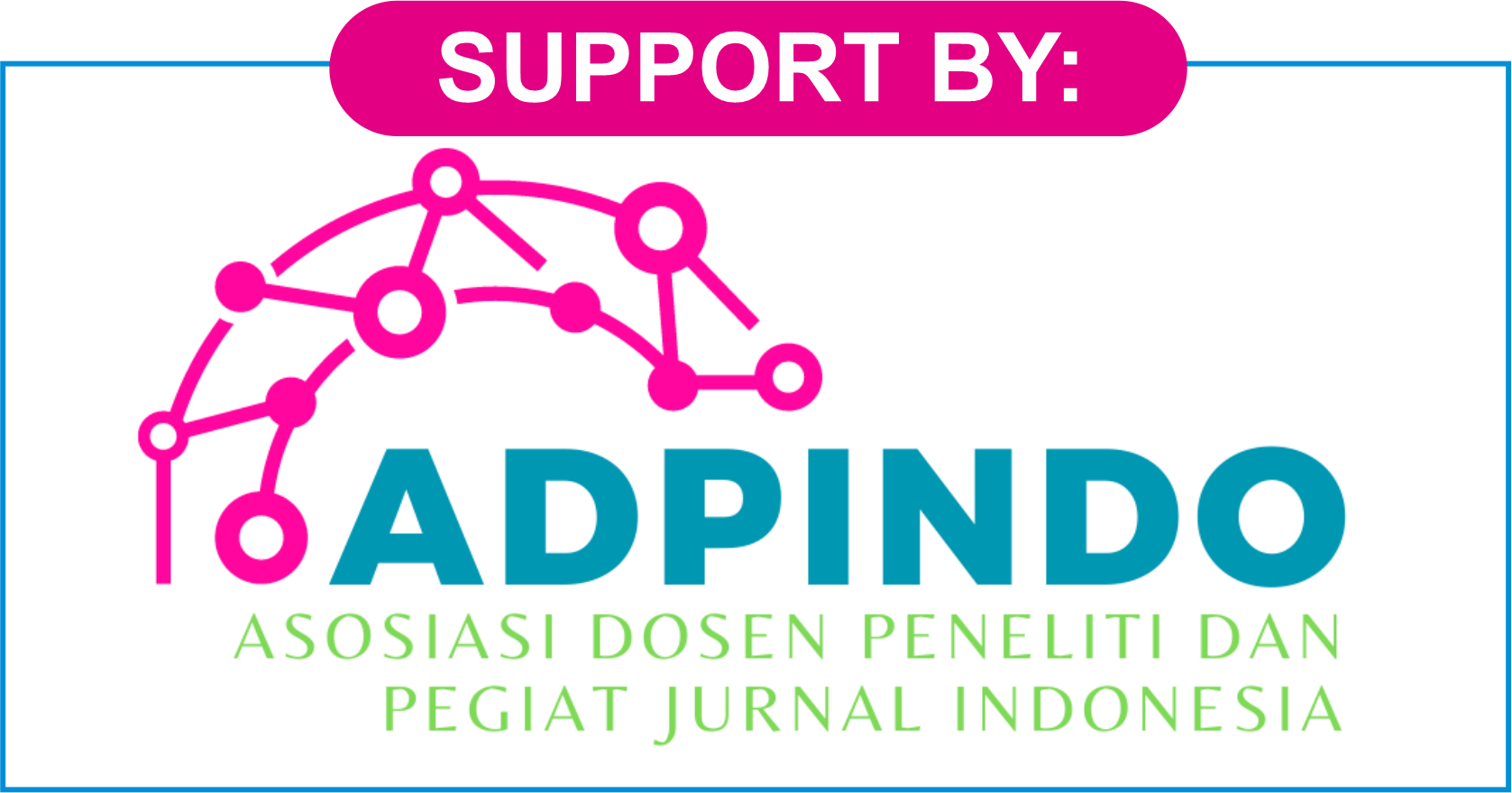Management of the Outpatient Registration Service in Marthen Indey Hospital Jayapura
DOI:
https://doi.org/10.47353/ijema.v2i4.205Keywords:
Management, Hospital, Registration, OutpatientAbstract
When patients visit a hospital, the first place they go to is the outpatient registration area. This is where patients form their first impression of the hospital, so the process must run smoothly. Unfortunately, this is often not the case. Patients may experience long wait times, queue number issues, and computer errors, which can lead to frustration and complaints. To gain a better understanding of the outpatient registration process, we conducted a qualitative research study at Marthen Indey Hospital in Jayapura. We interviewed staff and observed the process in action. Our findings showed that patients had to register in person, and there were several issues with the system. For example, the queuing machine didn't differentiate between polyclinics, which caused long queues to build up. This, in turn, increased wait times for patients. Despite these challenges, we found that the outpatient registration process at Marthen Indey Jayapura Hospital was in line with standard operating procedures for new and returning patients. However, we believe that there is room for improvement. By addressing these issues and finding solutions, we can improve the patient experience and ensure that the hospital provides the best possible care.
Downloads
References
Alfaro, M., Gomez, R., & Silva, T. (2020). Digital solutions in healthcare: Improving outpatient services with mobile applications. Journal of Health Informatics, 12(3), 45–53.
Anggraeni, R., & Widodo, S. (2020). Patient flow and registration management in Indonesian public hospitals. Health Systems Research, 8(2), 123–136.
Azwar, A. (2019). Pengantar Administrasi Kesehatan. Jakarta: Binarupa Aksara.
Baker, L., Fernando, P., & Silva, T. (2021). Patient-centered registration processes: A framework for improving healthcare experiences. International Journal of Patient Care, 15(4), 78–92.
Chowdhury, A., Lee, S., & Cho, H. (2022). The role of mobile-based registration systems in healthcare efficiency. Asian Journal of Healthcare Technology, 9(1), 102–116.
Fauzi, A., Suharto, B., & Iskandar, M. (2022). Assessing healthcare access post-BPJS implementation in Indonesia: The role of outpatient services. Journal of Indonesian Healthcare, 7(3), 221–237.
Gomez, R., & Silva, T. (2022). Inclusive healthcare through multilingual support: Addressing language barriers in patient registration. Global Health Review, 14(2), 90–104.
Hidayat, A. A. (2019). Metode Penelitian Kebidanan dan Teknik Analisis Data. Jakarta: Salemba Medika.
Jones, P., Marlowe, D., & Kim, Y. (2021). Impact of wait times on patient satisfaction in hospital outpatient settings. Health Service Management, 11(5), 199–213.
Kementerian Kesehatan Republik Indonesia. (2020). Peraturan Menteri Kesehatan Nomor 3 Tahun 2020 tentang Standar Pelayanan Rumah Sakit. Jakarta: Kementerian Kesehatan RI.
Kim, Y., & Lin, J. (2022). Challenges of manual outpatient registration systems in low-resource hospitals. Healthcare Technology Review, 10(2), 33–47.
Kusumawati, A., & Wibowo, A. (2020). Pengaruh Implementasi Sistem Antrian Elektronik terhadap Waktu Tunggu Pasien di Puskesmas X Kota Yogyakarta. Jurnal Kesehatan Masyarakat, 15(2), 123–130.
Lee, S., & Cho, H. (2023). Mobile-based outpatient registration systems and patient satisfaction. Journal of Digital Health, 6(4), 152–169.
Mendoza, R., & Alvarez, T. (2021). Managing patient flow with department-specific queuing systems: Case studies from South America. Journal of Healthcare Management, 13(1), 43–58.
Mulyadi, D. (2020). Manajemen Pelayanan Kesehatan. Bandung: Alfabeta.
Nguyen, H., & Tran, P. (2022). The financial implications of digital registration systems in resource-constrained hospitals. Economics of Health Innovation, 5(3), 77–92.
Notoatmodjo, S. (2018). Metodologi Penelitian Kesehatan. Jakarta: Rineka Cipta.
Patel, R., Rahayu, N., & Setiawan, D. (2021). Operational challenges in outpatient departments: Insights from Indonesian hospitals. International Journal of Hospital Management, 16(2), 89–103.
Prasetyo, E., & Widodo, S. (2021). Analisis Efektivitas Sistem Pendaftaran Online terhadap Kepuasan Pasien di RSUD Dr. Moewardi Surakarta. Jurnal Manajemen Informasi Kesehatan Indonesia, 9(4), 201–210.
Putra, A., & Hartanto, M. (2019). Patient registration processes in rural Indonesian hospitals: A comparative study. Rural Healthcare Journal, 4(1), 56–68.
Rahayu, N., Santoso, L., & Andini, S. (2021). Staff training needs for efficient patient registration: Lessons from Indonesian hospitals. Journal of Health Administration, 12(3), 187–203.
Sari, D. P., & Nugroho, T. (2020). Implementasi Sistem Informasi Pendaftaran Pasien Berbasis Web di RSUD Kabupaten Bantul. Jurnal Teknologi Informasi Kesehatan, 7(1), 67–75.
Setiawan, D., & Nugroho, T. (2020). Digital transformation in Indonesian healthcare: Challenges and opportunities in outpatient services. Southeast Asian Journal of Public Health, 9(4), 214–230.
Smith, A., Jones, K., & Lee, Y. (2019). The foundational role of outpatient registration in healthcare delivery. American Journal of Health Management, 14(1), 13–25.
Suharto, B., & Iskandar, M. (2020). Adoption of digital registration systems in Indonesian urban hospitals. Journal of Health Technology in Southeast Asia, 11(2), 145–160.
Suyono, S., & Hariyati, R. T. S. (2021). Implementasi Sistem Pendaftaran Online di Rumah Sakit Umum Daerah. Jurnal Manajemen Pelayanan Kesehatan, 14(2), 89–97.
Wahyuningsih, S., & Kurniawan, A. (2019). Evaluasi Kepuasan Pasien terhadap Pelayanan Pendaftaran Rawat. Jurnal Kesehatan, 9(4), 67–78.
Williams, T., & Marlowe, D. (2020). Improving clinic capacity through efficient patient registration systems. Journal of Healthcare Operations, 15(5), 305–317.
Wulandari, A., & Prasetyo, B. (2020). Analisis Kepuasan Pasien terhadap Proses Pendaftaran Rawat Jalan di RSUD Kota Semarang. Jurnal Administrasi Kesehatan Indonesia, 8(1), 45–53.
Yulianto, A., & Handayani, P. W. (2021). Evaluasi Sistem Informasi Manajemen Rumah Sakit dengan Pendekatan HOT-Fit di RSUD Dr. Soetomo Surabaya. Jurnal Sistem Informasi Kesehatan, 10(3), 112–120.
Downloads
Published
How to Cite
Issue
Section
License
Copyright (c) 2024 Astrodita Adya Seta

This work is licensed under a Creative Commons Attribution 4.0 International License.











